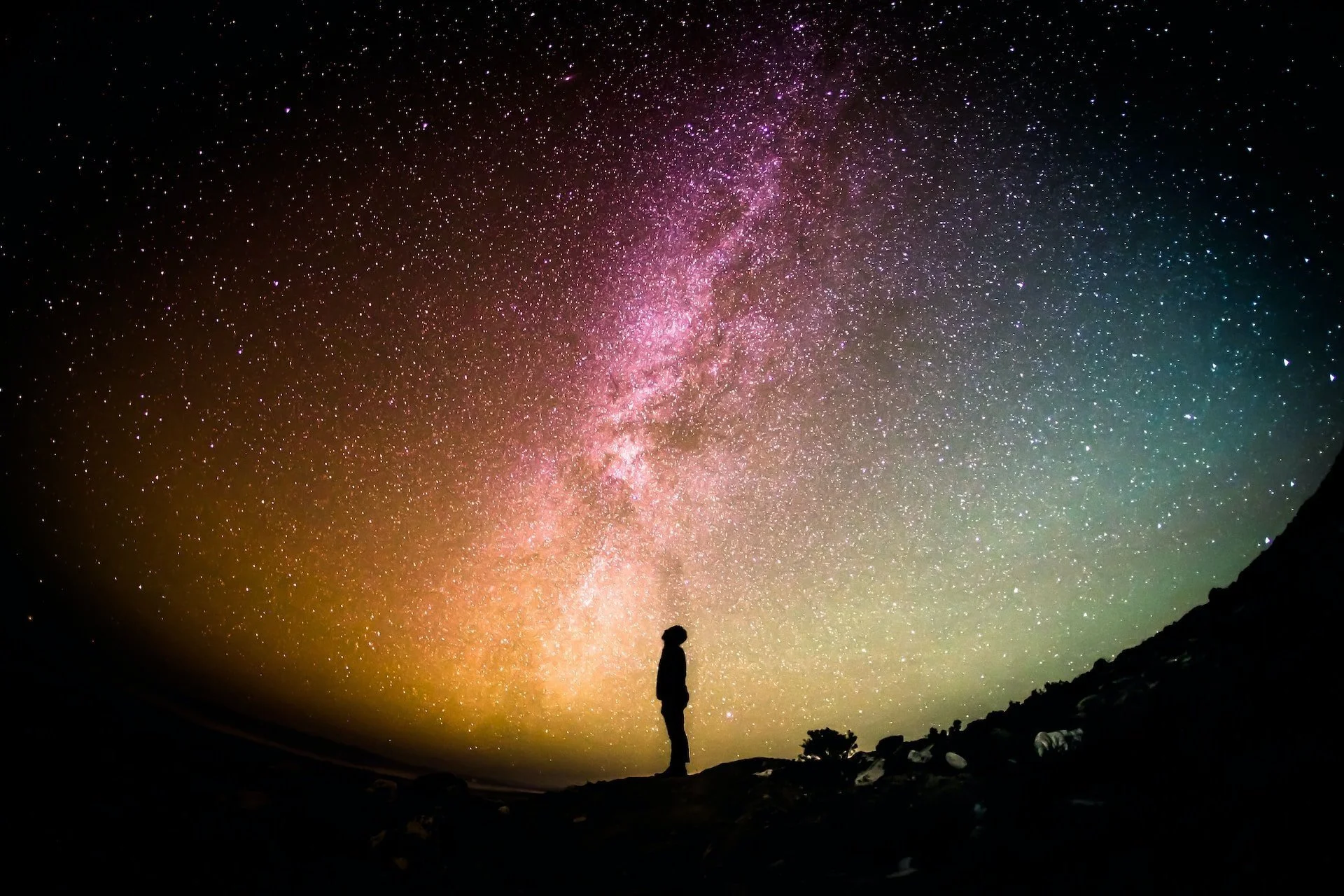A galaxy is a huge collection of billions of stars, dust and gas.
There are many billions of galaxies.
Our planet, Earth, is part of a galaxy called The Milky Way.
Our sun and its planets are about half way out from the centre.
The sun orbits the centre of the galaxy.
What is a galaxy?
A galaxy is a huge collection of stars, dust and gas. They usually consist of up to a trillion stars. There are hundreds of billions of galaxies in the universe, in different shapes, sizes and brightness. Some are spiral in shape, some are elliptical and some are irregular. Galaxies are held together by gravity, which holds the stars, gas and dust in orbit around the centre.
Our planet, Earth, is part of a huge galaxy called The Milky Way. Our sun and its planets are about half way out from the centre. The sun orbits the centre of the galaxy.
The Milky Way is part of a cluster of about 40 galaxies, including two large spiral galaxies, the Milky Way and Andromeda. The other galaxies in the cluster are much smaller. Two can be seen without a telescope from the southern hemisphere. They are named after the Portuguese explorer Ferdinand Magellan – the Magellanic Clouds.
The Milky Way is a vast spiral galaxy. ©Getty Images
The Milky Way is a spiral galaxy, shaped like a huge whirlpool coiling around a central bulge. It takes 200 million years to rotate once. It is so big that it would take about 100 000 years to go across it from one side to the other. It is made up of about 100 billion stars, and dust and gas. The centre of the Milky Way is hard to see because of the swirling dust and gas, so scientists can only guess what it is like. They think it is a massive black hole that swallows anything that passes close to it.
Outside the main spiral there are 200 or so clusters of stars. They are spherical, or ball-shaped, clusters and each contains about a million stars.
It’s a good idea to get information from more than one source!
Watch a video about the our galaxy, the Milky Way
See a map and a model of the Milky Way
http://www.atlasoftheuniverse.com/milkyway.html


